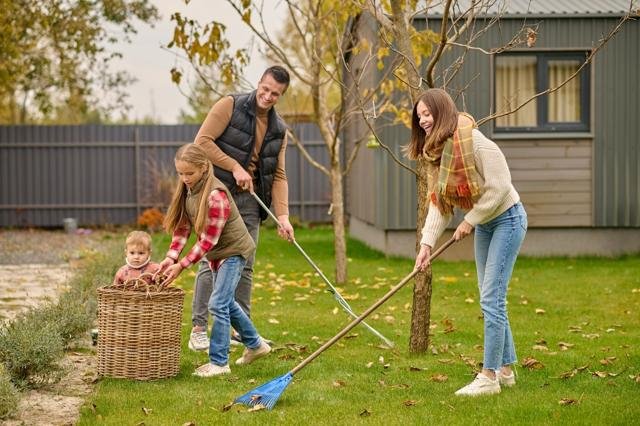As fall nears, it’s not too early to think about next year’s garden
By Bonnie Orr
WSU Chelan/Douglas County Master Gardener


How is your garden growing? Most people are pleased with the weather this year, aside from last week’s heat blast. Lots of beautiful flowers and abundant veggies have earned bragging rights.
We are approaching autumn, and it is time to re-evaluate the entire garden and make changes for next year.
Let’s consider turf first. There are so many moans about broadleaf weeds in the lawn, specifically spotted spurge and purslane — and then of course, the continual complaint, crab grass.
Timely application of pre-emergent herbicides is the only option besides hand pulling. Most of the weeds have gone to seed by now, so marking your calendar for the end of March is important. The WSU Chelan-Douglas Master Gardeners can help guide the timing for the herbicide applications.
Some people have been disappointed in their vegetable production — especially the tomatoes. Tomato fruit does not set when the temperatures are in the high 80s or in the 50s, but we cannot control the temperatures. The major problems that people tell us about seem to be based on the amount of light that the tomato plants get. Tomatoes need a minimum of six hours of sunlight directly on the ground, and preferably eight hours or more. There is an app for your phone or computer that can tell you exactly how many hours of sun your garden receives. Look up sun calculations on the computer to find out more information.
The next problem with tomatoes is big, lush plants and very few fruit. Generally, this is a sign of excess fertilizer. Next year, fertilize once when you plant the tomatoes and once again three weeks later. And that is the fertilizer for the entire season. Follow the directions on the container of fertilizer to guide the application.
Now, let’s discuss the really serious planning for fall. It’s time to deal with the plants in the wrong place. I keep a list all season to note plants that are not thriving because of too much sun or too much shade and plan areas to move the plants or eliminate them from the landscape.
Then there are the bullies —plants that have outgrown their space and need to be moved or eliminated because they are creating problems for adjacent plants. Wrong plants in the wrong place cause too much work for this gardener. I don’t want to fuss to keep things growing healthfully.
Finally, I have taken periodic photos of the garden from early spring. I have located the areas that need more color or more space or more size-appropriate plants. This fall, I will move or purchase the plants that will keep me happy all season long.
Gardening is a hobby, so it should be fun and relaxing. Make changes this autumn to make gardening more enjoyable.
One last note: Don’t forget to enter some of your wonderful veggies and beautiful flowers at the Chelan County Fair in Cashmere. It is free to enter display items in the horticulture barns.
A WSU Chelan-Douglas Master Gardeners column appears weekly in The Wenatchee World. To learn more, visit bit.ly/MGchelandouglas or call (509) 667-6540.
